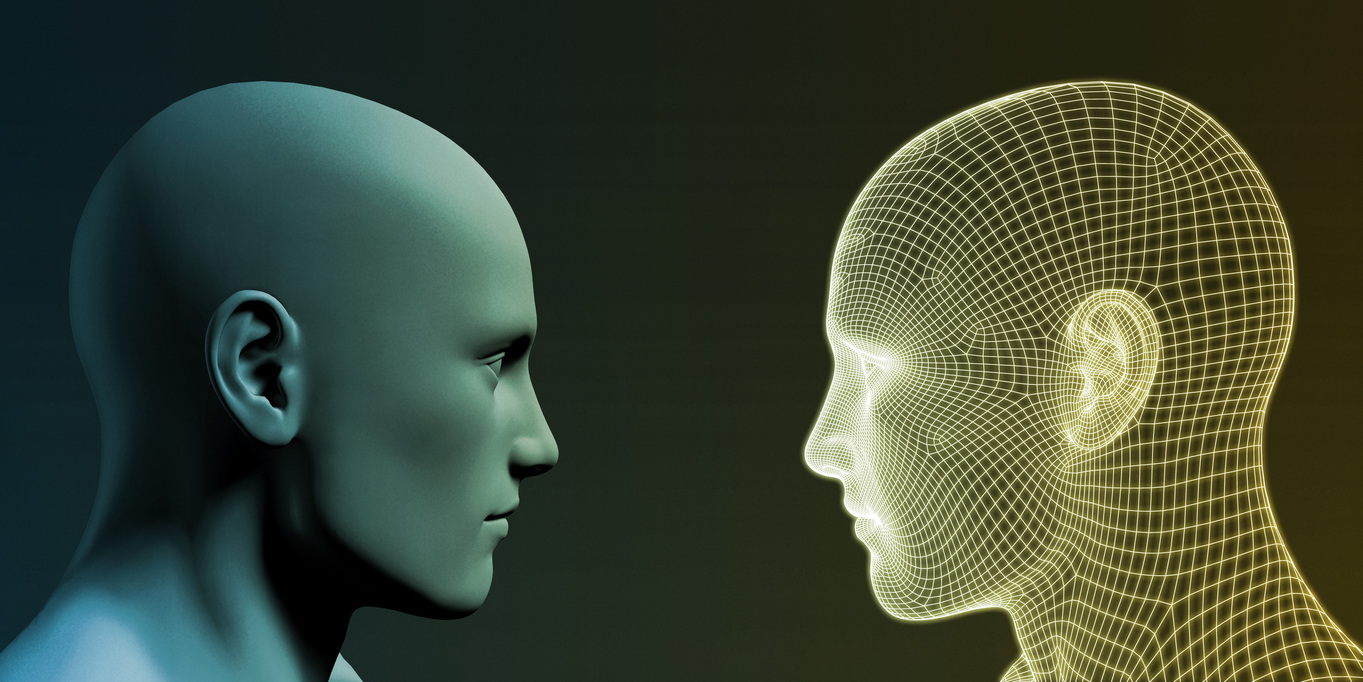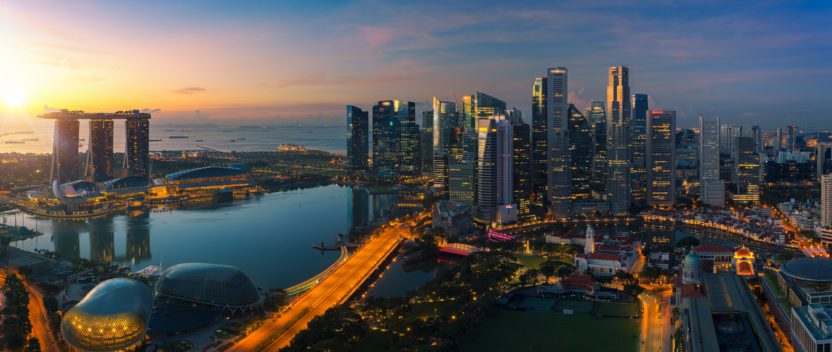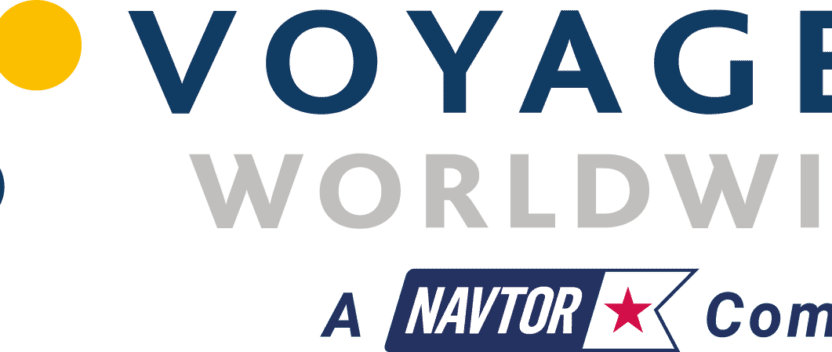Closing the gaps between people and machines

The airline industry is often held up as an exemplar for maritime to follow with its greater standardisation, tighter risk control and more efficient operations. And while shipping is moving towards more digital operations there remain as many differences as similarities.
Airlines are rightly wary of autonomy because their public profile means acceptance is much harder than for an industry often hidden from public view. What it shares with shipping are problems of fatigue, safety training and maintaining navigation skills.
Airline consultant Harry Nelson says that like shipping, airlines learn primarily from what goes wrong and the subsequent investigation but says “we’re running out of opportunities to do that. The light signals are where the interesting information is.” Fatigue is always present on some level but even airlines do not measure it well. Until there is a better methodology of measuring risk-based decisions, he thinks airlines will keep autonomy at arms’ length.
In practical terms pilots and officers of the watch have much in common. Flying an A380 from China to Europe, with waypoints across Mongolia 600 miles apart Nelson said that sitting still, looking at a line in the distance and not speaking made it very hard to stay awake. “I call young pilots ‘children of the magenta’ because they were born watching the horizon disappearing into the distance. That means you are only as good as the database that’s providing the information.”
Masters, watchkeepers and even insurers would surely sympathise.
Founder of Hempstead Maritime Training Christian Hempstead trains mariners on navigation software and hardware and expresses a similarly unorthodox position. To begin with he says, the focus on situational awareness is misleading. There are many kinds of awareness but there is too often a lack of understanding of what devices do.
“The autopilot may not clearly show you clearly when its next going to turn and sometimes it glides right past the waypoint just to surprise you. That’s the level of understanding we have to train watch officers for. It requires an understanding of the technology and the functioning of the GPS or whether the chart is showing the real water depth,” he says.
Unlike a pilot, Hempstead is walking around the bridge ‘dancing from one machine to the next’ dealing with too much light in the wheelhouse or adjusting screen displays. “The way the equipment is spread out in different places not conducive to cognitive ease, it’s a really difficult thing to master.”
President of Bluewater Crew Training Brian Luke trains both airline pilots and seafarers and says the attitude to training for technology and automation is overdue for change. He estimates about half of students buy into the process, the other half go through the motions. “As a result, we have had men and women operating ECDIS vessels for 20 years but when we bring them into the training centre we discover they have no idea how to operate the ECDIS. So how good is that tool at that point?”
He sees a similar situation in aviation. A short course can be done at home on an iPad so the trainer can’t judge the level of attention. “Technology is increasing and we have this idea that training is reduced because we have increased technology. That’s not true or false, it’s different and we have to get buy in from the crew.”
Part of the problem in maritime is that no two ships are the same; a lack of standardisation that makes training and operations harder. Hempstead doesn’t see that changing and as a result the focus has to be on the bridge team assembling information and common language to cover critical information such as water depth or traffic conditions.
“When I run my ECDIS course the first thing I say is there is no such thing as ECDIS, no such thing as Radar and ARPA. What there is is safe navigation which uses these tools. We are stuck with a type of training through IMO which tells us to have a course on equipment pieces which is completely counterproductive,” he says. “There needs to be a recognition that training is for watch standing and expansion of awareness should accommodate the equipment.”
The aviation model is the opposite – with a complete systems approach that looks at all equipment together to manage risks says Luke. “In maritime we are required to train on equipment separately so that the crew can learn to read each piece. We are nowhere near training on all the devices together to help us better manage the risk.”
Nelson is working with a Silicon Valley start-up to monitor eye-movements of pilots particularly in the landing cycle, alerting them if their view is deviating from the standard ‘T-shaped’ pattern. This could lead on to augmented vision to improve visibility at night or in bad weather.
The problem with tools, thinks Hempstead is that our natural instinct is to spend too much time playing with them rather than working efficiently. “On a ship you are compelled to ask simple and direct questions continuously so you need scan technique efficiency on the instrument. When you start wondering what will happen next, you focus on the instrument not the question, you are removing yourself from the situation.”
In operational terms the issue is the quality of that underlying data that greater automation or even autonomy will rely on. In good visual conditions, errors might be picked up, in marginal ones, the implications can be serious. That has negative implications for autonomous ships because as Luke points out that “What do we do well as humans is manage risk. Computers cannot manage the intangible decisions that we need to make at a critical moment. That may change but I don’t believe it can fulfil what humans do.”
Perhaps the answer is the augmented voyage, with the master or pilot in charge only at the start and end, with autopilot or shore control managing the vessel meantime. Nelson says shipping would do well to learn from aviation’s mistakes.
His estimate is that pilots on a typical 10-hour long-haul mission fly an average of 800 hours a year. But they actually fly the aircraft manually for as little as three minutes each flight, or just four hours manually per year. “Many airlines are now encouraging pilots to fly manually when they can. 10 years downstream we’ve got a problem, we are not acquiring handling skills at a high rate.”
An unintended consequence of automation is that autopilots are limited to operating in 25 knots of crosswind at which point the human takes over: when it’s most difficult. “We are never going to get to the manual level of skills of 40-50 years ago; young guys prefer the autopilots but you are pushing buttons but not flying.”
The maritime generation qualifying now also find greater comfort in instrumentation than assembling big picture, says Hempstead. “They scoot around on devices but you have to put that together with what’s outside the window. When you ask them what they see at 100 metres or a quarter mile they have no sense of distance. But you could black out the bridge windows and train them to berth the ship on the instruments and they would do fine. They trust a computer more than you.”


